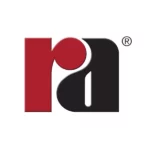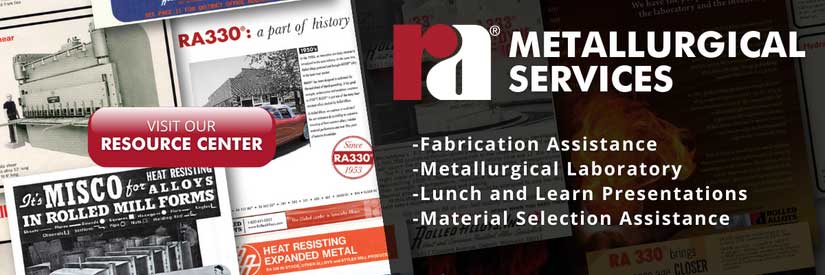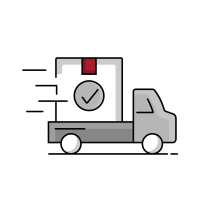Over the years, the use of duplex stainless steel has increased significantly. This can be attributed to market growth and the four key properties of duplex stainless steel, which will be the main discussion of this blog.
The name “duplex” was chosen for these alloys because they have a dual-phase microstructure of approximately 50% austenite and 50% ferrite. This microstructure allows for duplex stainless steels to have high strength, good corrosion resistance, be easily fabricated with, and be cost-effective, which are the top four reasons customers opt to utilize a grade such as 2205 instead of grades such as 304/304L and 316/316L
Strength: Duplex stainless steels are about twice as strong as regular austenitic or ferritic stainless steels. They also exhibit better ductility and toughness compared to ferritic steels. Due to its high yield strength, duplex stainless steels can provide significant weight savings as thinner sections can be used. Weight saving can significantly benefit the cost of constructing capital equipment such as pressure vessels, storage tanks, and other process equipment.
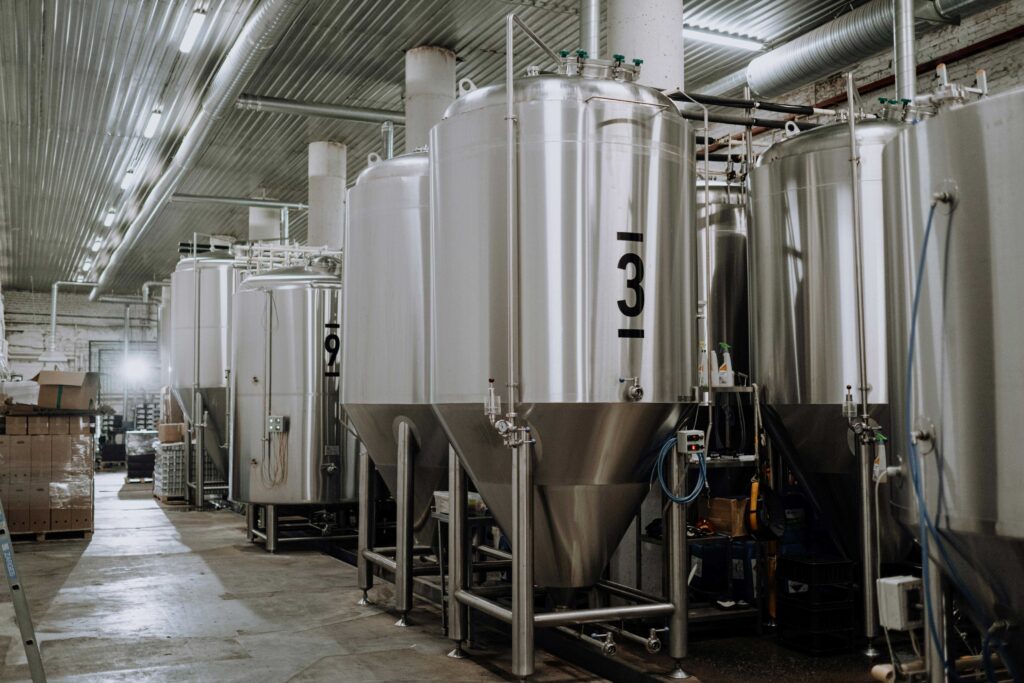
Corrosion Resistance: The composition of duplex stainless steels sets it apart from regular austenitic and ferritic grades in terms of corrosion resistance to aqueous chloride solutions. The pitting resistance equivalent number (PREn) is a calculated value that utilizes specific elements in a grade’s chemistry to roughly rank grades with respect to their pitting corrosion resistance when exposed to aqueous chloride-containing solutions. Duplex stainless steels are often lean in more expensive alloying elements such as nickel, which are substituted with alloying elements such as nitrogen, molybdenum, chromium, and tungsten, which greatly enhances the PREn. The formula for PREn is %Cr + 3.3 x %Mo + 16 x %N. For more in-depth information on the PREn, see our blog, Things to Know About PREn. Additionally, duplex stainless steels are less prone to chloride stress corrosion cracking (CSCC) than austenitic stainless steels like 304/304L and 316/316L due to their dual-phase microstructure. For information on stress corrosion cracking, see our blog, Stress Corrosion Cracking.
Ease of Fabrication: Due to their higher ductility, duplex stainless steels are often more formable than ferritic grades. The higher ductility of duplex stainless steels is attributed to them containing approximately 50% austenite. Duplex stainless steels are also highly weldable in thick and thin sections. To better understand the best practices when welding duplex stainless steel, see our webinar, Best Practices When Using Duplex Stainless Steel.
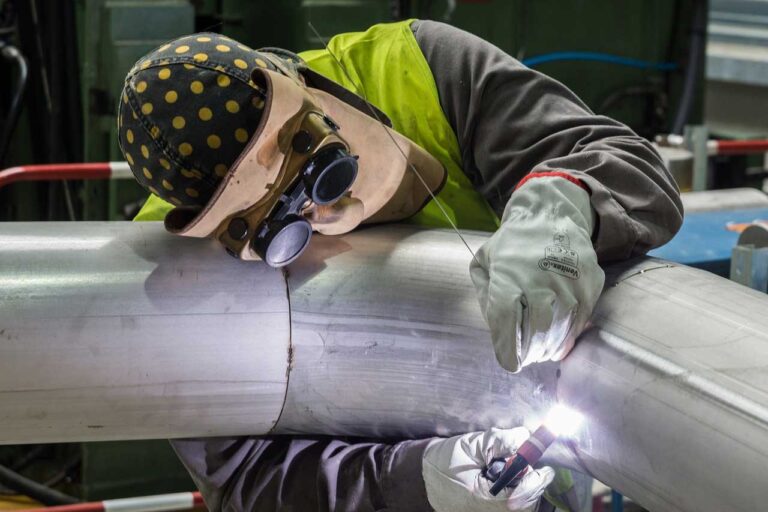
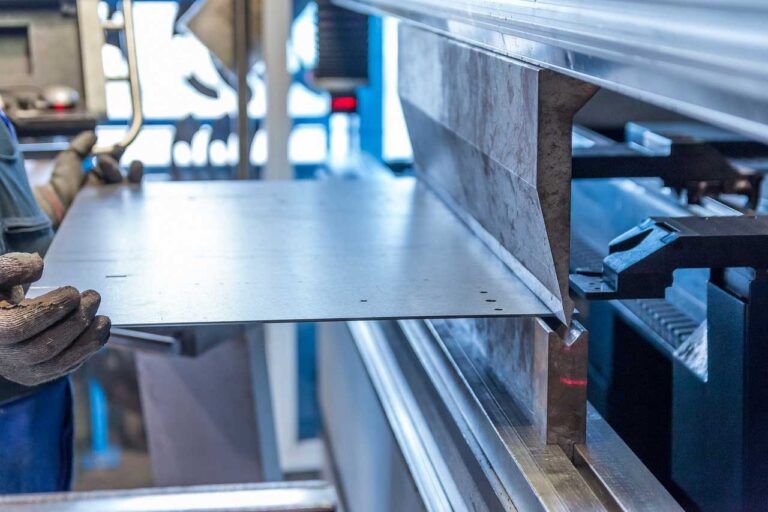
Cost-Effectiveness: Along with the mentioned benefits, duplex stainless steels can often be a lower-cost option compared to traditional austenitic grades depending on the market conditions and if one minimizes wall thickness based on its higher strength-to-weight ratio. Additionally, since duplex stainless steels are generally lean in nickel, there tends to be less price fluctuation when compared to grades such as 304/304L and 316/316L. If you want to learn more about price fluctuations and surcharges, see our blog, What Are Raw Material Surcharges.

Buy Online Anytime
Our dashboard makes it even easier to shop online anytime from anywhere. Quote, buy, and track 24 hours a day.
E-Services Stocking Programs
Our e-service stocking programs put you in the driver seat by using our customized purchasing options to order your recurring material with ease. Whether you have an internal process for purchasing and receiving in place or maybe looking for solutions to become more efficient, we have a program that will work for you.

Trade Shows
Come talk to a Rolled Alloys representative in person about your project. You can find us at these trade shows.

March Mania 2025
Every Online Order in March is a Chance to Win One of 8 Great Prizes!
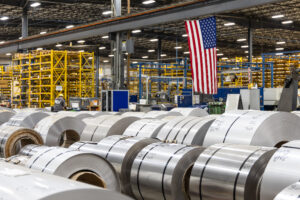
Instant Pricing on Nickel, Stainless Steel, Duplex, and Titanium
Get real-time pricing and availability for nickel, stainless steel, duplex, and titanium—all in one place.
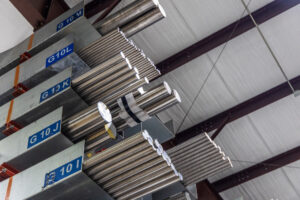
New and Expanded Stock for 2025
New Titanium, Stainless, Nickel and Cobalt in Stock Now – CP Ti Grade 2, 635, 718 and More!
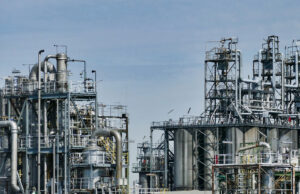
History and Uses of Alloy 800
Discover the evolution of Alloy 800, from its origins during the 1950s to modern derivatives like Alloy 800H/800HT. Learn about its high-temperature strength, petrochemical applications, and commercial availability today.
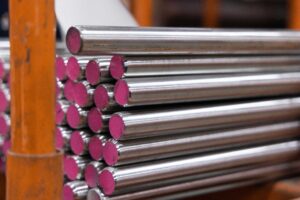
New Bar Stock Available
New Round and Flat Bar Products in Stock at Rolled Alloys


